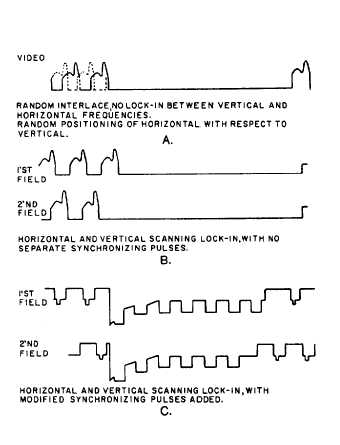Figure 5-25.-Vertical synchronizing and equalizing pulses.
location, sufficient blanking signal is added to the
video signal to provide an adequately long and steep
transition at both vertical and horizontal frequencies
to provide lock-in.
S o m e m o n i t o r s m a y h a v e p r o b l e ms
synchronizing with this information. Electrical noise
is a possible condition when the camera and monitor
are separated by a great distance. The lock-in of such
a signal becomes extremely difficult. Note in figure
5-26, view A, that there are no horizontal sync signals
during vertical blanking time. The horizontal
frequency circuit in the monitor is essentially
free-running during this time. This circuit has the
tendency to keep on the proper frequency, but it could
get off frequency. This is not a problem during the
blanking time. However, when the horizontal sync
signals return, it may have trouble synchronizing to
the new information.
The most undesirable characteristic of this system
is insufficient resolution caused by the lack of
interlace. Good interlace is not possible because an
absolute frequency relationship between the
horizontal and vertical frequencies is lacking. The
nominal vertical frequency is usually 60 Hz. The
horizontal frequency (usually established by a
free-running oscillator) is nominally 15.75 kHz.
There is no direct relationship between the two
frequencies as required for good interlace. The
advantages of this system are reduced costs and
greater simplicity of circuits. However, marginal
resolution capabilities, incompatibility, marginal
stability, and general reduction of system
performance limit its application and use.
ODD-LINE INTERLACE, NO SPECIAL
SYNC PULSES.— The odd-line interlace system
with no special sync pulses has a distinct advantage
over the previous system. A definite relationship
exists between the horizontal scan frequency and the
vertical field rate. This system (waveform seen in
figure 5-26, view B) can effectively use the 2:1
odd-line interlace technique. Therefore, it provides a
considerable improvement in the resolution
capabilities of the system. In theory, the vertical
resolution should be double that of the previous
system. However, the improvement in resolution is
somewhat less since it is difficult to obtain perfect
interlace.
Figure 5-26.-Nonstandardized television waveforms.
5-21



